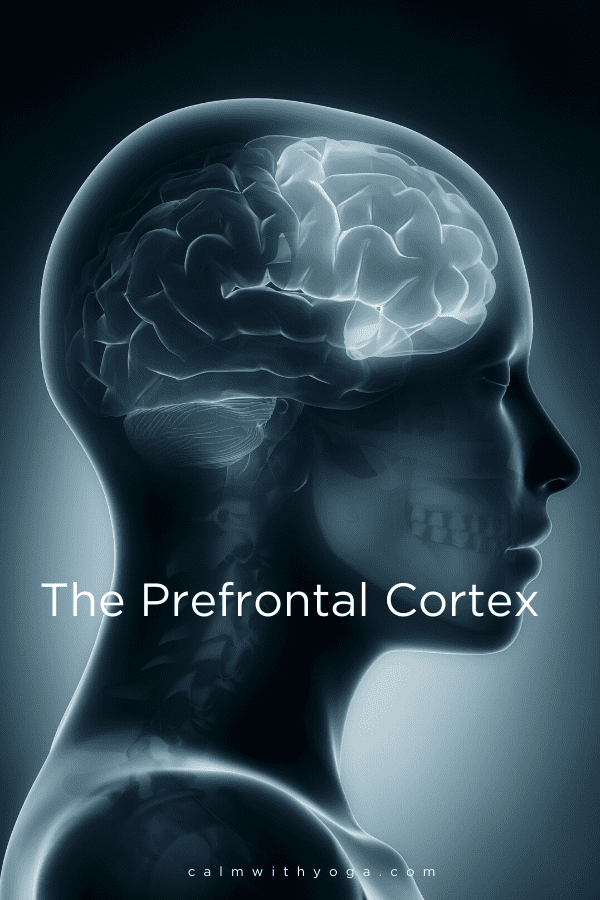

How the feedback to the brain from our senses and organs plus cognitive cortical input cooperate to produce the final emotional experience.The neural circuits in the cortex which are activated and produce feelings.Once a stimulus emerges as emotionally significant we need to find the mechanisms which result in the consequent activity in the autonomic nervous system and the musculo-skeletal systems.
 The mechanisms via which a stimulus obtains emotional significance through the interaction between the conscious cortical and the unconscious subcortical processes mediated by the autonomic nervous system. To do so, we must examine and understand four components: To get a handle on the underlying mechanisms that produce emotions, we need to understand the interplay between the cognitive feeling as located in the cortex ( Fig 6 ) and the physical sensation mediated by the subcortical brain. In contrast to feelings, emotional states are controlled by subcortical structures such as the amygdala ( Fig 4 ), hypothalamus ( Fig 3 ) and brainstem (midbrain, pons and medulla oblongata – Fig 3 ). On the other hand, emotional states involve a number of brain and other non-brain systems such as the autonomic and peripheral nervous systems, the endocrine system via various hormones such as adrenalin and cortisone and the musculo-skeletal system. Īs Kent Berridge has suggested, pleasure adds ‘a sort of gloss on sensation, a value added.’ Ĭonscious feeling involves activity mainly in the frontal ( Fig 6 ) and cingulate cortices ( Fig 4 ) of the brain. The physical sensation of butterflies and sweating is an emotional state and the conscious feeling associated with it, in this case anxiety, is a feeling. For instance, we sense the feeling of butterflies in our stomach and begin to sweat, which alerts us to the feeling of anxiety. There are two components to an emotion: a characteristic physical sensation and a conscious feeling. In 1871, Charles Darwin noted that lower animals and humans share and express similar emotions such as pleasure, happiness and misery. Happiness, sadness, elation, ecstasy, anger, calmness, envy, jealousy, hate and love are some of the emotions that add relish and spice to life and make it interesting and worthwhile.
The mechanisms via which a stimulus obtains emotional significance through the interaction between the conscious cortical and the unconscious subcortical processes mediated by the autonomic nervous system. To do so, we must examine and understand four components: To get a handle on the underlying mechanisms that produce emotions, we need to understand the interplay between the cognitive feeling as located in the cortex ( Fig 6 ) and the physical sensation mediated by the subcortical brain. In contrast to feelings, emotional states are controlled by subcortical structures such as the amygdala ( Fig 4 ), hypothalamus ( Fig 3 ) and brainstem (midbrain, pons and medulla oblongata – Fig 3 ). On the other hand, emotional states involve a number of brain and other non-brain systems such as the autonomic and peripheral nervous systems, the endocrine system via various hormones such as adrenalin and cortisone and the musculo-skeletal system. Īs Kent Berridge has suggested, pleasure adds ‘a sort of gloss on sensation, a value added.’ Ĭonscious feeling involves activity mainly in the frontal ( Fig 6 ) and cingulate cortices ( Fig 4 ) of the brain. The physical sensation of butterflies and sweating is an emotional state and the conscious feeling associated with it, in this case anxiety, is a feeling. For instance, we sense the feeling of butterflies in our stomach and begin to sweat, which alerts us to the feeling of anxiety. There are two components to an emotion: a characteristic physical sensation and a conscious feeling. In 1871, Charles Darwin noted that lower animals and humans share and express similar emotions such as pleasure, happiness and misery. Happiness, sadness, elation, ecstasy, anger, calmness, envy, jealousy, hate and love are some of the emotions that add relish and spice to life and make it interesting and worthwhile. 
Without the wide array of emotions that colour our everyday lives, life would be dull indeed. Emotions are the cornerstone of human existence.







 0 kommentar(er)
0 kommentar(er)
